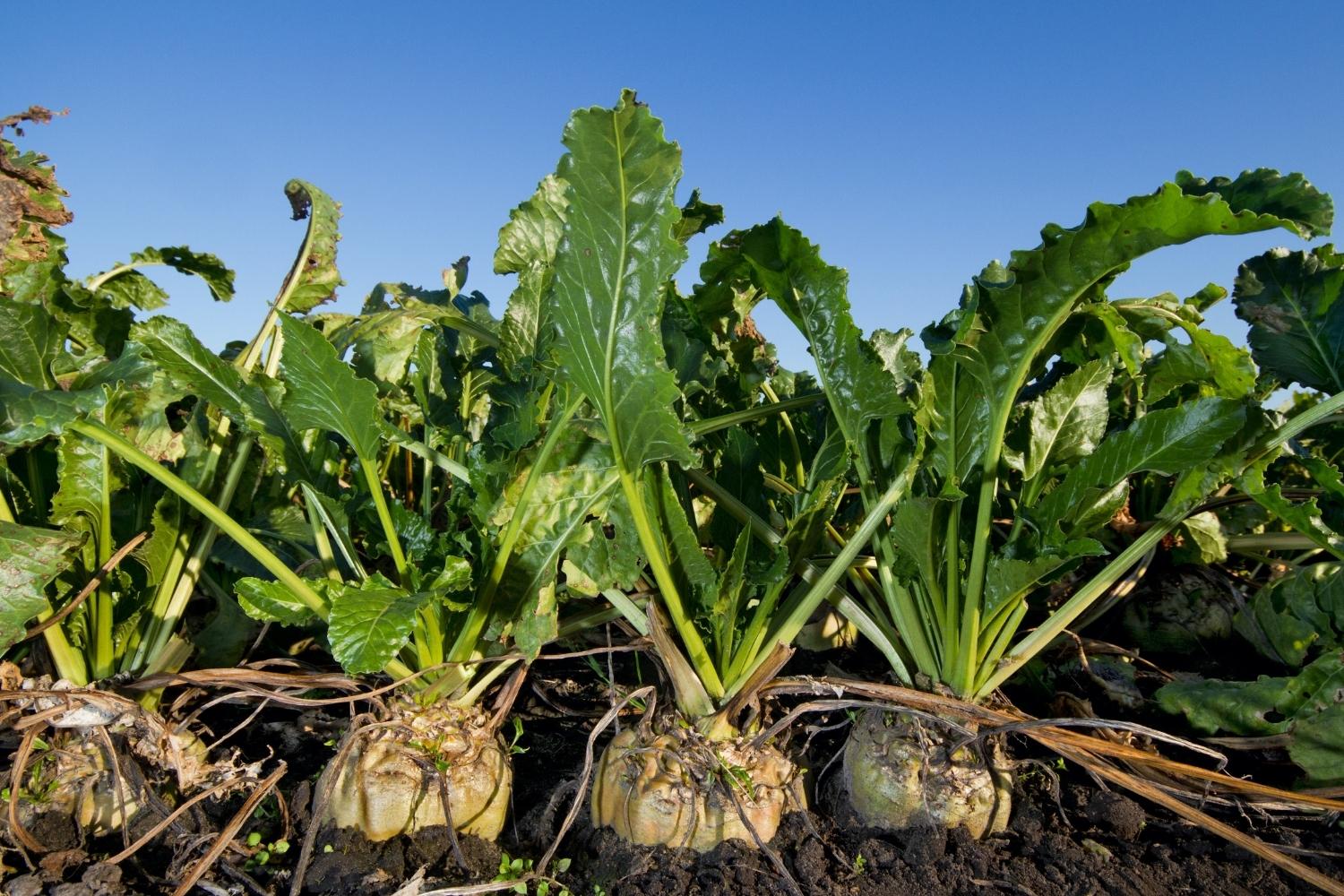
Did you know that sugar beets are responsible for nearly 20% of the world's sugar production? These humble root vegetables might not look like much, but they pack a sweet punch. Grown primarily in temperate climates, sugar beets are a crucial crop for many farmers. They thrive in rich, well-drained soil and require a good amount of sunlight. From the fields to your table, the journey of a sugar beet involves several steps, including harvesting, processing, and refining. Besides their sweet contribution, sugar beets also offer nutritional benefits, such as fiber, vitamins, and minerals. Curious about more intriguing facts? Let's dig into the world of sugar beets!
What is Sugar Beet?
Sugar beet is a root vegetable primarily grown for its high sucrose content. This crop plays a crucial role in the global sugar industry, providing an alternative to sugarcane. Let's dive into some fascinating facts about sugar beet.
-
Sugar beet is a member of the Amaranthaceae family, which also includes spinach and quinoa.
-
The plant has a thick, fleshy root that stores sugar, making it an excellent source for sugar production.
-
Sugar beet was first cultivated in Germany in the 18th century as a response to sugar shortages.
Growing Conditions
Sugar beet thrives in specific conditions that maximize its sugar content and yield. Understanding these conditions can help in better cultivation practices.
-
Sugar beet requires well-drained, fertile soil rich in organic matter.
-
The ideal pH range for growing sugar beet is between 6.0 and 7.5.
-
This crop needs a temperate climate with moderate rainfall, around 500-700 mm annually.
-
Sugar beet is typically planted in early spring and harvested in late autumn.
Sugar Extraction Process
The process of extracting sugar from sugar beet involves several steps, each crucial for obtaining high-quality sugar.
-
After harvesting, sugar beets are washed to remove dirt and debris.
-
The beets are then sliced into thin strips called cossettes to increase the surface area for extraction.
-
Cossettes are soaked in hot water to extract the sugar, a process known as diffusion.
-
The extracted juice is purified using lime and carbon dioxide to remove impurities.
-
The purified juice is then concentrated by evaporating the water content.
-
Finally, the concentrated juice is crystallized to produce sugar crystals.
Nutritional Value
Sugar beet is not just about sugar; it also offers various nutrients beneficial to health.
-
Sugar beet is a good source of dietary fiber, which aids in digestion.
-
It contains essential vitamins like vitamin C and B-complex vitamins.
-
The root is rich in minerals such as potassium, magnesium, and iron.
-
Sugar beet also contains antioxidants that help combat oxidative stress.
Environmental Impact
Growing sugar beet has both positive and negative impacts on the environment. Understanding these can help in making more sustainable choices.
-
Sugar beet has a lower water footprint compared to sugarcane, making it a more sustainable option in water-scarce regions.
-
The crop can improve soil health by adding organic matter and enhancing soil structure.
-
However, sugar beet farming can lead to soil erosion if not managed properly.
-
The use of chemical fertilizers and pesticides in sugar beet farming can contribute to water pollution.
Economic Importance
Sugar beet plays a significant role in the economies of many countries, especially in Europe and North America.
-
Europe is the largest producer of sugar beet, accounting for about 50% of global production.
-
The United States is another major producer, with states like Minnesota and North Dakota leading the way.
-
Sugar beet farming provides employment to thousands of people in rural areas.
-
The crop contributes significantly to the GDP of countries where it is extensively cultivated.
Interesting Facts
Here are some quirky and lesser-known facts about sugar beet that might surprise you.
-
Sugar beet can be used to produce bioethanol, a renewable energy source.
-
The leaves of sugar beet are edible and can be used in salads or cooked like spinach.
-
Sugar beet pulp, a byproduct of sugar extraction, is used as animal feed.
-
The plant has been genetically modified to be resistant to certain herbicides, making weed control easier for farmers.
-
Sugar beet molasses, another byproduct, is used in the fermentation industry to produce yeast and alcohol.
-
During World War II, sugar beet became a crucial crop in Europe due to sugar shortages.
-
The sugar content in sugar beet can be as high as 20%, making it a highly efficient source of sugar.
-
Sugar beet has a unique ability to store sugar in its root, unlike other plants that store it in their leaves or stems.
Sweet Facts to Remember
Sugar beets are more than just a source of sweetness. They play a crucial role in agriculture, providing a sustainable option for sugar production. These root vegetables are packed with nutrients like fiber, vitamins, and minerals, making them a valuable addition to diets. They also contribute to the economy by supporting farmers and creating jobs in the sugar industry.
Understanding the importance of sugar beets can help us appreciate the effort behind every spoonful of sugar. From their historical significance to their modern-day applications, these plants have a fascinating story. Next time you enjoy something sweet, remember the humble sugar beet and its journey from farm to table. Whether you're a farmer, a foodie, or just curious, knowing these facts can give you a new perspective on this everyday ingredient.
Was this page helpful?
Our commitment to delivering trustworthy and engaging content is at the heart of what we do. Each fact on our site is contributed by real users like you, bringing a wealth of diverse insights and information. To ensure the highest standards of accuracy and reliability, our dedicated editors meticulously review each submission. This process guarantees that the facts we share are not only fascinating but also credible. Trust in our commitment to quality and authenticity as you explore and learn with us.
